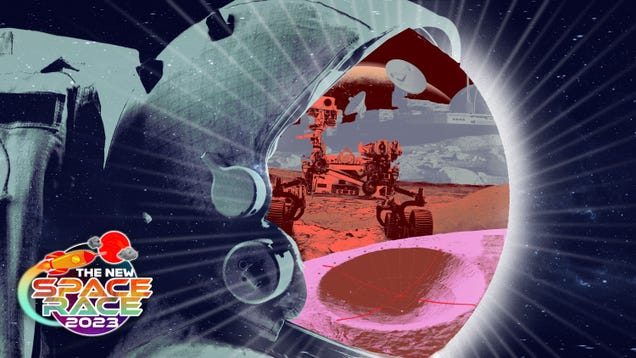
Rocket launches are expensive and laborious, but for decades they’ve been the price of doing business for space agencies hoping to get their latest satellite, telescope, or team of astronauts into the great blue yonder.

Rocket launches are expensive and laborious, but for decades they’ve been the price of doing business for space agencies hoping to get their latest satellite, telescope, or team of astronauts into the great blue yonder.
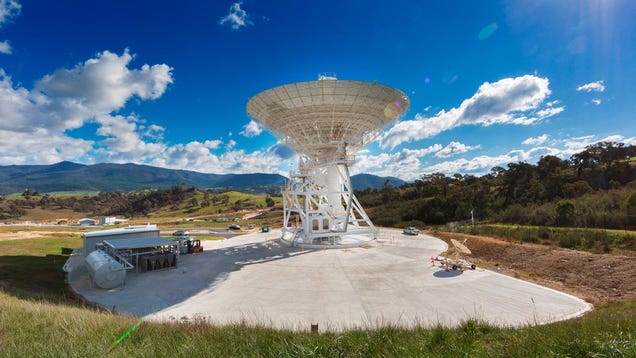
In order to contact its interplanetary spacecraft, NASA relies on an array of giant radio antennas spread across different parts of the world. The trusty communications network has been transferring data back and forth for more than 60 years but its antennas are currently operating at capacity, with an anticipated…
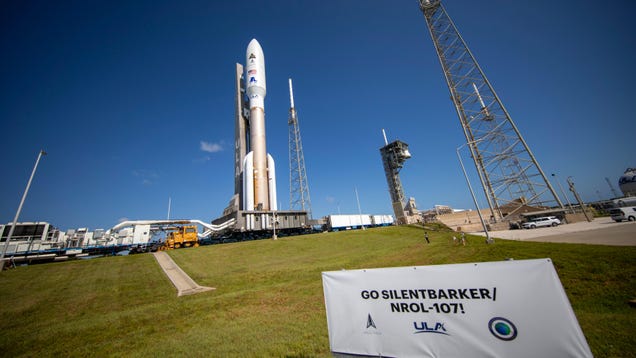
Update: August 29, 8:13 a.m. ET: ULA announced last night through an emailed statement that the launch has been postponed indefinitely because of the approaching Hurricane Idalia, which was just recently upgraded from a tropical storm and is expected to make landfall in Florida on Wednesday morning. ULA also said in…
India's Chandrayaan-3 spacecraft landed days after Russia's Luna-25 mission ended in a crash landing. The country is the first to land on one of the moon's lunar poles.
NASA/Getty Images
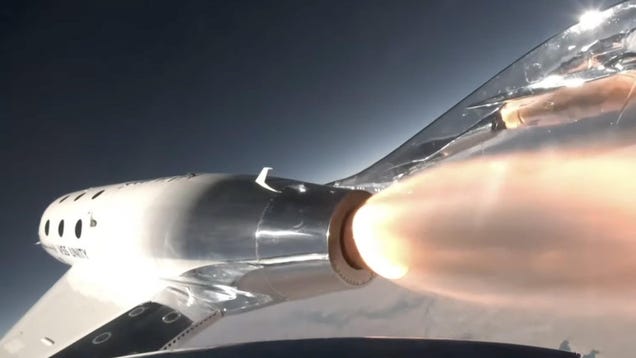
A crew of three private citizens reached suborbital heights on board Virgin Galactic’s VSS Unity spacecraft, marking the company’s second commercial flight and its first carrying space tourists.

Following several delays and over $1 billion in losses, Boeing claims its troubled Starliner program will be ready to launch crews to the International Space Station (ISS) by early 2024 as it works to resolve two safety hazards on its capsule.
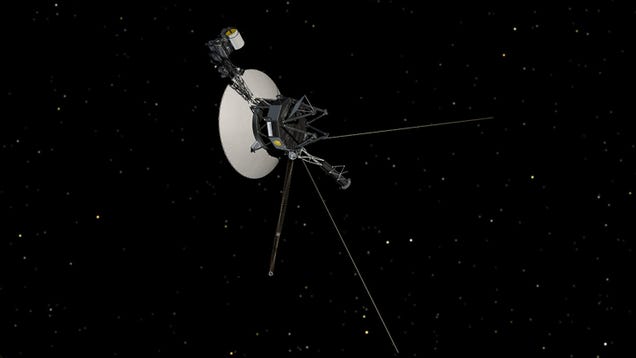
NASA’s Voyager 2 spacecraft, currently 12.4 billion miles (19.9 billion kilometers) from Earth, has phoned home, essentially telling mission controllers that the recent rumors of its impending death have been greatly exaggerated. The ongoing communications problem, however, remains unresolved.
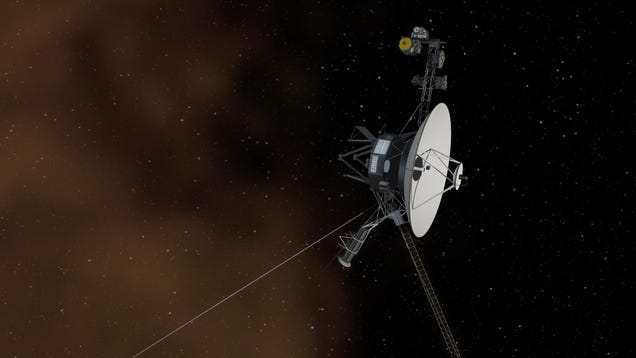
A routine sequence of commands has triggered a 2-degree change in Voyager 2’s antenna orientation, preventing the iconic spacecraft from receiving commands or transmitting data back to Earth, NASA announced earlier today.

It’s a sad story that just keeps getting sadder. Boeing’s CST-100 Starliner program, in development for NASA since 2014, has now crossed a grim threshold, with total losses now in excess of $1 billion.